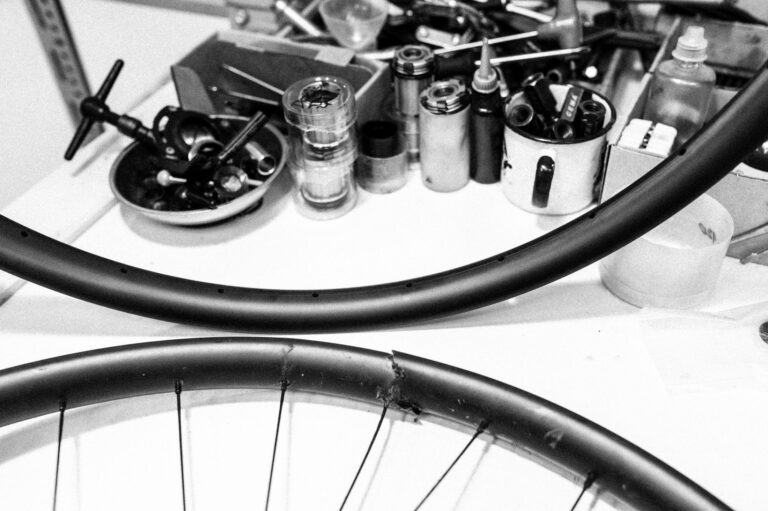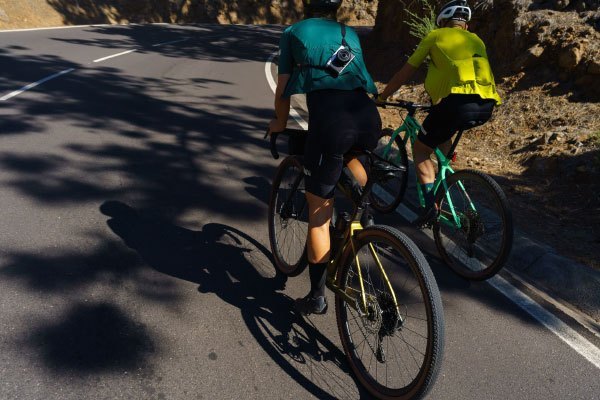CRASH REPLACEMENT
Crash Replacement Program Terms and Conditions
Dandy Horse wheels are covered by the Crash Replacement program, under which we provide a discount for repairing damage not covered by the warranty. According to the current price list, the discount is 50% off the price of parts and labour. The duration of the program is three years and is counted from the date of purchase shown in the wheel passport.
A wheel passport and proof of purchase are necessary to use the program. It is also available only to the first owner listed in the passport.
The program covers damage caused during the use and transport of the wheels. However, this does not include:
– natural wear and tear of the mechanical components of the wheels – bearings, bearing seats, freehub, pawls or ratchet mechanism;
– damage resulting from incompetently performed repairs;
– damage resulting from the use of wheels contrary to their intended use, e.g. in another cycling discipline;
– scratches or other visual damage that does not affect the technical properties and usability of the wheels.
If the components needed to repair a particular wheel model are unavailable, we will use parts with the closest possible parameters.
Please complete the form below and send it to us: info@dandyhorse.cc
Deliver the damaged wheels together with the above form and passport in person or send it by courier to the following address:
Dandy Horse Wheels
Jordanowska 2a
04-204 Warsaw
POLAND
Phone no.: +48 798 360 370
The customer covers all shipping costs.

